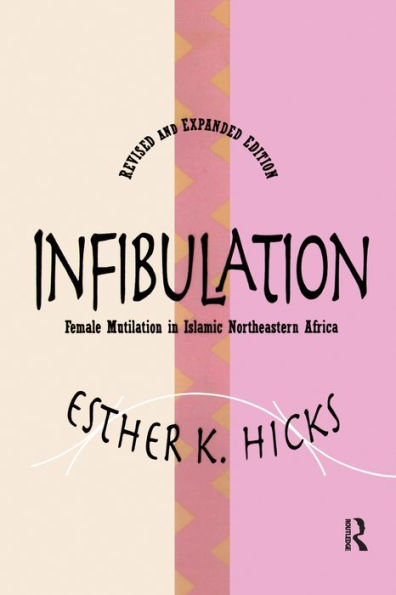As Hicks demonstrates, much of the popular resistance to official efforts to eradicate infibulation has actually come from women. Circumcision constitutes a rite of passage for female children. It initiates them into womanhood and makes them eligible for marriage. Often, this is the only positive status position available to women in traditional Islamic societies. Hicks points out that although female circumcision predates the introduction of Islam into the region, the religious culture has successfully codified infibulation into the structural nexus of marriage, family, and social honor at all socioeconomic levels.
As Hicks demonstrates, much of the popular resistance to official efforts to eradicate infibulation has actually come from women. Circumcision constitutes a rite of passage for female children. It initiates them into womanhood and makes them eligible for marriage. Often, this is the only positive status position available to women in traditional Islamic societies. Hicks points out that although female circumcision predates the introduction of Islam into the region, the religious culture has successfully codified infibulation into the structural nexus of marriage, family, and social honor at all socioeconomic levels.

Infibulation: Female Mutilation in Islamic Northeastern Africa
332
Infibulation: Female Mutilation in Islamic Northeastern Africa
332Paperback(REV)

Product Details
| ISBN-13: | 9781560008415 |
|---|---|
| Publisher: | Transaction Publishers |
| Publication date: | 01/31/1996 |
| Edition description: | REV |
| Pages: | 332 |
| Product dimensions: | 6.00(w) x 9.00(h) x (d) |
| Age Range: | 16 Years |
